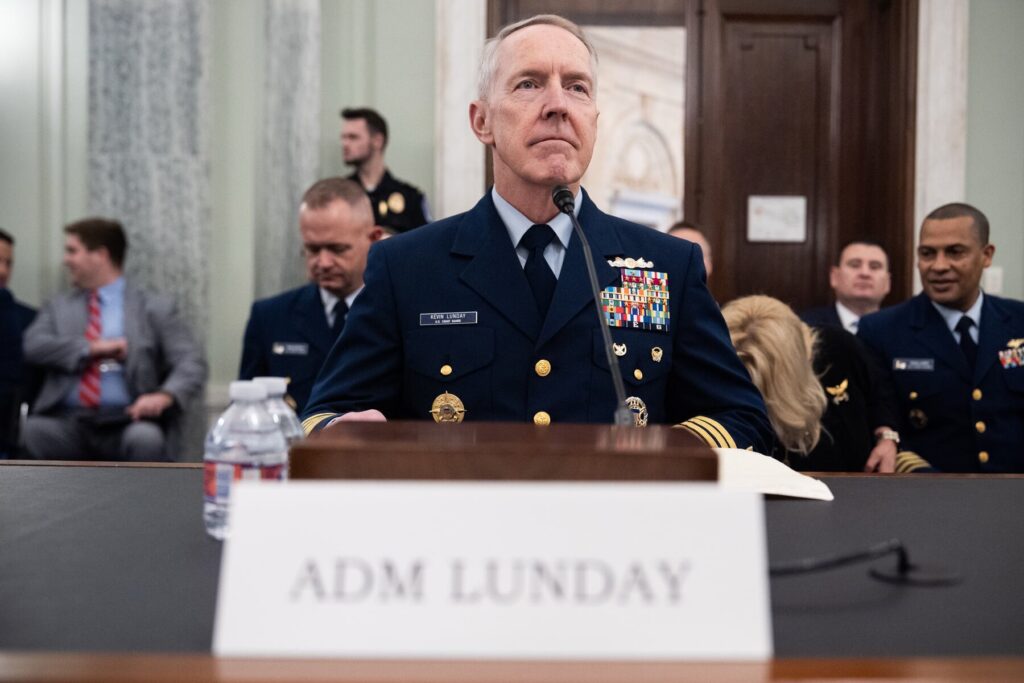
UPDATE: The U.S. Coast Guard is set to implement a controversial policy change regarding the display of hate symbols such as swastikas and nooses, effective December 15, 2023. This decision has sparked immediate backlash from lawmakers and advocates who fear it may undermine efforts against hate and discrimination within the military.
The revised policy, first reported by The Washington Post, categorizes symbols like swastikas and nooses as “potentially divisive” rather than outright prohibiting their display. This shift raises alarms as it contrasts sharply with a 2020 statement from then-Commandant Karl Schultz, who explicitly identified these symbols with oppression and hatred.
Democratic Senator Jacky Rosen of Nevada condemned the new policy, asserting that it “rolls back important protections against bigotry” and could permit the display of hate symbols at a time when antisemitism is surging in the U.S. and globally. “Relaxing policies aimed at fighting hate crimes not only sends the wrong message but also puts the safety of Coast Guard personnel at risk,” Rosen stated.
In response, acting commandant Admiral Kevin Lunday defended the changes, insisting that the display and promotion of such symbols remain prohibited and that any incidents will be thoroughly investigated. “These symbols have been and remain prohibited in the Coast Guard per policy,” Lunday affirmed.
The new guidelines also eliminate the terminology of “hate incident,” replacing it with “reports of harassment” for cases involving identified victims. Commanders will have the discretion to remove “potentially divisive” symbols only if they threaten the unit’s morale or discipline, a significant adjustment from previous stricter measures.
The policy change aligns the Coast Guard’s regulations with similar directives from the Pentagon, as part of a broader review initiated by Defense Secretary Pete Hegseth concerning hazing and harassment definitions across military branches. This review has raised questions about whether similar adjustments will follow in other military services.
Critics point to the historical context of these symbols and the potential impact on service members’ morale and safety. The Coast Guard falls under the Department of Homeland Security but is also an integral part of the U.S. armed forces, emphasizing the need for a consistent stance against hate and discrimination.
As the effective date approaches, it remains to be seen how these changes will be interpreted and enforced within the ranks. The Coast Guard’s shift in policy is generating heightened scrutiny, raising critical questions about the balance between operational readiness and maintaining a supportive, inclusive environment for all personnel.
Stay tuned for further updates as this story develops.






